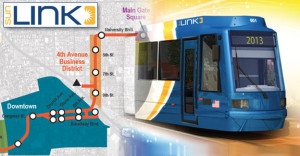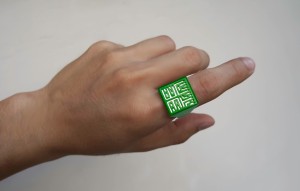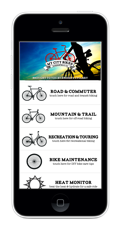The next big idea in renewable energy might be right below our feet and under our tires. Idaho inventor Scott Brusaw has an interesting vision for the future of America’s roadways and it involves turning each one into its own powerhouse, the Associate Press reported last week.
While the millions of miles of U.S. roads work each day to transport people and goods, Brusaw came up with a new way to put them to work by replacing asphalt with solar panels. Brusaw’s invention involves hexagon-shaped panels that can replace traditional road surfaces and at the same time they function as normal highways, they can also use energy from the sun to create electricity.
The AP said the panels are quite durable and “can withstand the wear and tear that comes from inclement weather and vehicles, big and small, to generate electricity;” a seriously need when considering our traditional highways span mountains, valley, deserts and all sorts of terrain and weather. The product is already in use at Brusaw’s company headquarters in Idaho, where it’s parking lot is comprised of 108 panels that vehicles have driving on without damage, according to AP.
Brusaw’s company estimates that if every road was covered with solar panels, it would produce three times more electricity than the U.S. consumes each year. The company also highlights the added benefit of construction and engineering jobs to install the panels nationwide.
Solar roads could provide more services than just roadway and energy production though. The AP reports the panels are heated, which would melt ice and reduce hazards in colder climates, and each panel has LED lights that can be used to configure parking lots, lane lines, or notify drivers of upcoming hazards, reducing the need to repaint and re-asphalt roadways.
For Brusaw, the applications are endless and his company would like to see the panels installed not just on roadways, but bike paths, driveways, tarmacs and parking lots as well.



